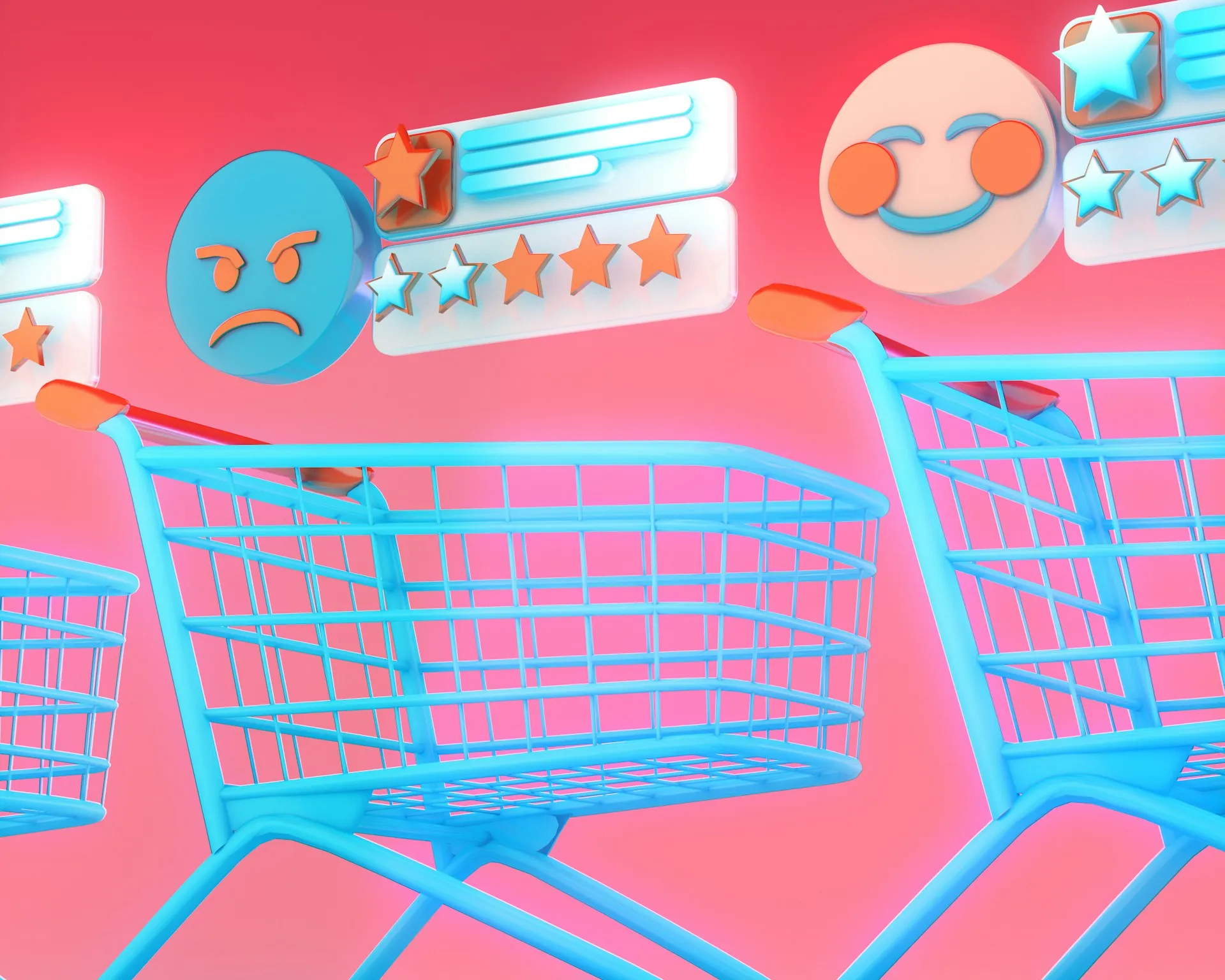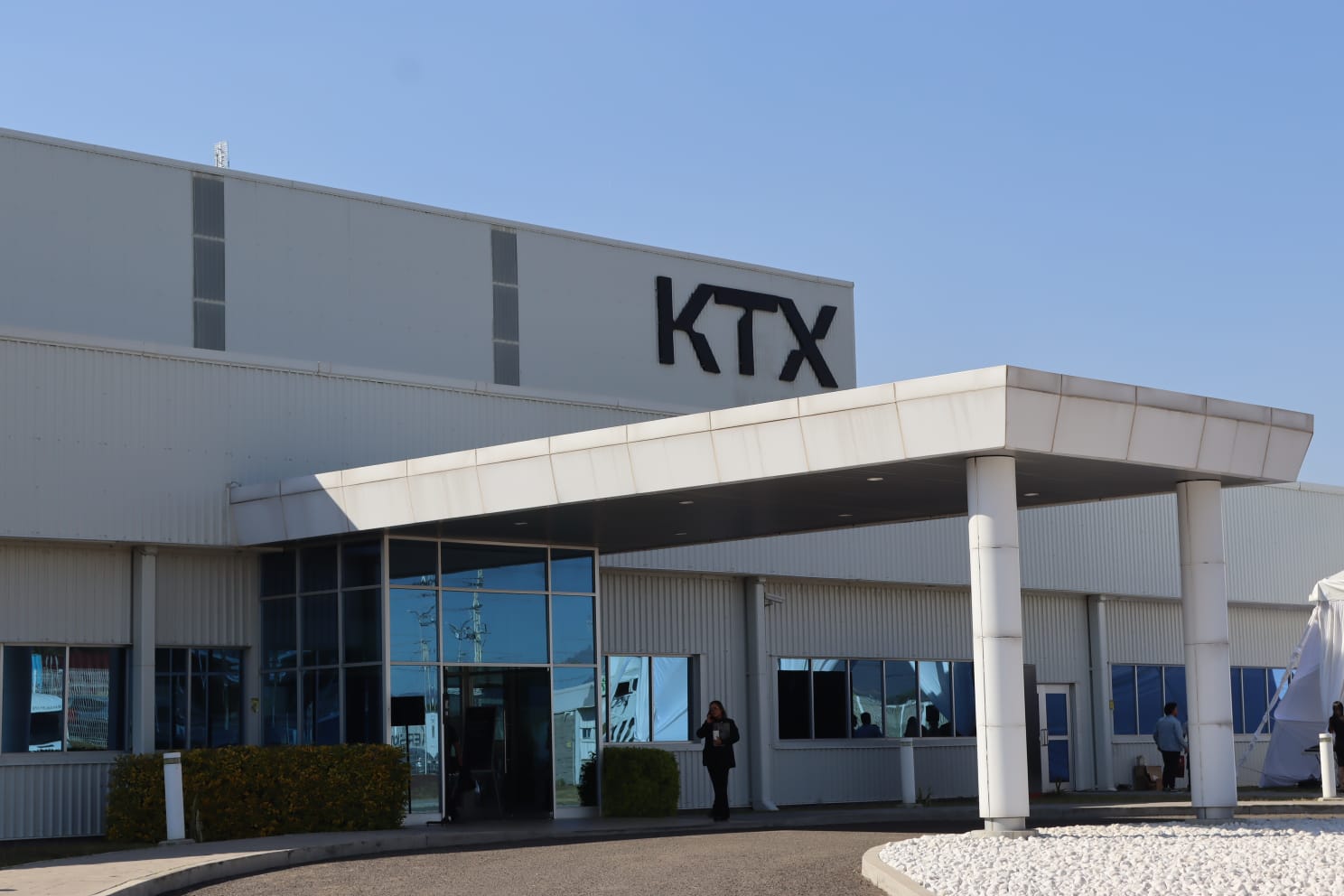The Emotional Price: What the Customer Is Really Buying

The Emotional Price: What the Customer is Really Buying
You probably already know this, but it’s worth repeating with a firm tone: nobody buys based on price. Although some sales managers or business owners still believe that the key is to give “the best price on the market,” the truth is that the customer doesn’t buy numbers. They buy emotions, symbols, promises, belonging, status, or peace of mind to sleep soundly at night.
And if you’re thinking that this might sound a bit corny or cliché, it’s probably because you were sold the idea that selling is an exact science. And no, it isn’t. Selling is a mixture of street psychology, sociology, and a reading of emotions and common sense… with a little bit of theater included.
In this article, I want to reflect on that “strange thing” that happens when the customer isn’t buying your product, but what they think they’re going to feel after buying it. Or what they expect others to see when they use it. Or what they’re going to tell themselves to justify why they spent so much.
The Price Tag Doesn’t Tell the Truth1413
Imagine you sell pens. You have two identical models, one costs 10 pesos and the other 150 pesos. Which one sells more? The answer is: it depends on who you show it to and how you make the person feel who has that pen in their hand. Because what changes isn’t the product, but the story behind it.
Some would pay ten thousand pesos to feel that “it’s an executive pen with style” and some wouldn’t pay even 5 pesos because “I use it to sign the attendance list.” That is to say, the price is filtered emotionally, not rationally.
And this is where the good stuff begins.
The Price Is Negotiated with the Heart, not on the Calculator.2036
Purchasing decisions are made in the emotional part of the brain. It’s the same part that is activated when someone falls in love or becomes infatuated. There’s no logic, just a bunch of mental connections that say: “I want it now!”.
Great salespeople know this. They don’t talk to you about the chip in the cell phone, but about the photos you’re going to upload and the likes you’re going to get. They don’t sell insurance, they sell peace of mind. They don’t sell chairs, they sell a pain-free back. Dear reader, what are you selling?
And how to Use This without Sounding Like a Snake Oil Salesman?2652
Very easy, here are three ideas with emotional support and some commercial cunning:
1. Make Them Feel before Talking about Price2805
Before saying: “it costs this much,” provoke a mental image or an emotion. “Imagine you arrive at the meeting and everyone notices your watch…” you’ve already prepared the ground. Don’t fire the price without first turning up the volume on the desire.
2. Discover What Color Your Customer Has3113
Is your customer cold and logical? Passionate and risky? Reserved and conservative? Each one reacts differently to the price. Some want to justify it with technical reasons, others with status, and others only if they feel they aren’t being foolish. If you start selling “rational benefits” to someone who buys on impulse, you’re speaking another language.
3. Make the Customer Tell Themselves That It’s Worth It3522
When the customer justifies their purchase with an internal story (“I deserve it”, “it was just what I needed”, “it’s an investment”), they don’t need you to convince them anymore. Help them tell themselves that story. And watch out for this: as long as your product or service doesn’t deceive, but helps your customer.
What if the customer says it’s expensive?
Perfect! That’s the golden opportunity. It’s not a rejection. It’s a sign that they don’t feel the value yet. It’s your moment to work with questions that open the door to the emotional:
- What would make you feel like it's worth it?
- What would change if you had it right now?
- At what point would it feel like an investment and not like an expense?
Don’t fall into the automatic reflex of lowering the price. That’s an emotional defeat. Better to raise the perceived value until the price seems reasonable.
When the Price Is Felt and not Thought about4478
Selling is more like directing a movie than solving an equation. If you get the customer to see, imagine, feel, and connect, the price loses prominence. It stops being the villain of the story and becomes a simple detail of the script.
Today’s salesperson shouldn’t “have the gift of the gab”, they must have emotional tact. And I’m not talking about manipulating, but about understanding. Understanding that the customer doesn’t buy things. They buy how they want to feel with them.
So you know: If you want to sell more without giving away your work, don’t obsess about the price. Obsess about the meaning it has for your customer. Because in the end, nobody buys what you sell. They buy what that makes them feel.
More Articles

Guanajuato Ranks 4th in Distributed Generation with Photovoltaic Projects: 85% Growth Since 2022
Dec 3, 2025

Amic Parlante's B-Side: The Strategy for Expansion into Chile
Nov 10, 2025

Guanajuato Launches Call for Bids to Modernize Public Transportation
Nov 24, 2025

How Much Did Jalisco's Industry Grow According to INEGI?
Nov 10, 2025

EBC: Leading in AI Mode, The New Formative Journey
Dec 1, 2025

Guanajuato Secures $60 Million in Investments
Nov 18, 2025
